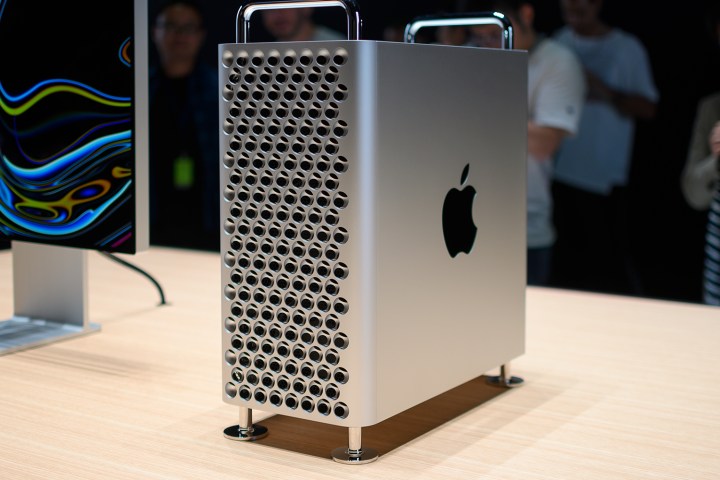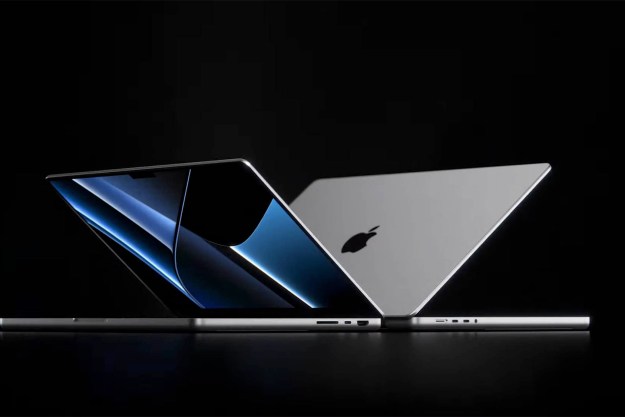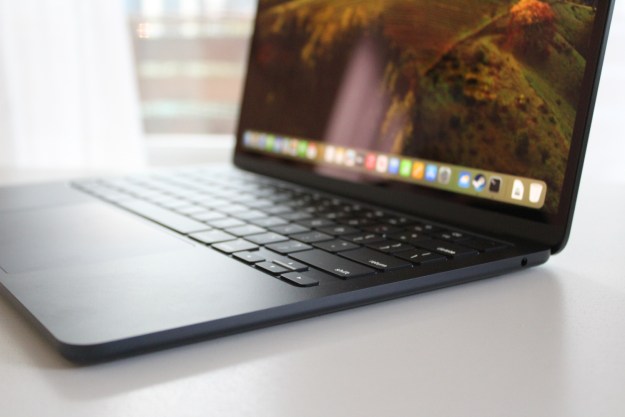It’s not a good time to be a fan of Apple’s Mac Pro. The last few weeks have seen one bad news story follows another, and now pro-level users are venting their frustrations with Apple’s future plans.
Just yesterday, Bloomberg reporter Mark Gurman claimed the upcoming revision of Apple’s powerful computer will lack user-upgradeable graphics options. It followed rumors that the next Mac Pro would come without an M2 Extreme chip, upgradeable memory, or a new design. And it’s safe to say that users are not happy.

Responding to Gurman’s latest news on Twitter, photographer Enrico Teofilo claimed an absence of user-upgradeable graphics would be a “total mistake,” before adding “PCIe support and huge user-upgradable RAM quantities are a requirement for people that are interested in buying a 50k$ rack-mountable Mac.”
The issue is that each Apple silicon chip that will be outfitted into the Mac Pro is what’s known as a system-on-a-chip, which combines the CPU, GPU, and memory into a single unit. That means none of the components can be upgraded after purchase, which could be a problem in an industry where workloads rapidly increase and computers must be upgraded to keep pace.
Teofilo’s concern about memory is based on previous reports that claimed the Mac Pro could “top out” at 192GB of RAM — far below the 1.5TB the current Mac Pro can utilize. Even with the faster unified memory offered by Apple silicon chips, the difference is still potentially huge.
‘Dead in the water’

Dutch Dimension, meanwhile, was more blunt, saying the next Mac Pro will be “dead in the water” if the rumors prove to be correct. The account compared Apple’s graphics efforts unfavorably to those of Nvidia, asking why pro users would spend so much money on a computer that can’t keep up with rival offerings.
The issue of cost was another point of contention. Twitter user Alice_comfy speculated that the Mac Pro’s M2 Ultra chip might offer graphics performance around the level of Nvidia’s RTX 3090, being perhaps twice as fast as the graphics in the Mac Studio’s M1 Ultra chip. “Can’t see that being a big winner at 5 figure prices,” they noted.
Other users were a little more hopeful, with consultant Joe Okubo suggesting that one way around the graphics shortfall would be for Apple to offer eGPU expansion cards to boost performance. Right now, though, there is precious little in the way of eGPU rumors for the Mac Pro, and it’s not even known if such solutions will work with Apple silicon chips.
Perhaps the most direct response was put forward by @goodo1dday, who stated that a lack of graphics expansion will have “defeated the point” of a modular Mac Pro. “Bring back the trashcan design,” they suggested. After all the hate it got, we never thought we’d see someone advocating for a return of 2013’s cylindrical and utterly non-modular Mac Pro, yet here we are.
Editors' Recommendations
- The Vision Pro is already in trouble. Here’s how Apple can turn the tide
- The XPS 16 is fighting an uphill battle against the MacBook Pro
- Don’t download the latest macOS Ventura update just yet
- Apple already has its next big chip, but you may never see it
- How to take a screenshot on a Mac




